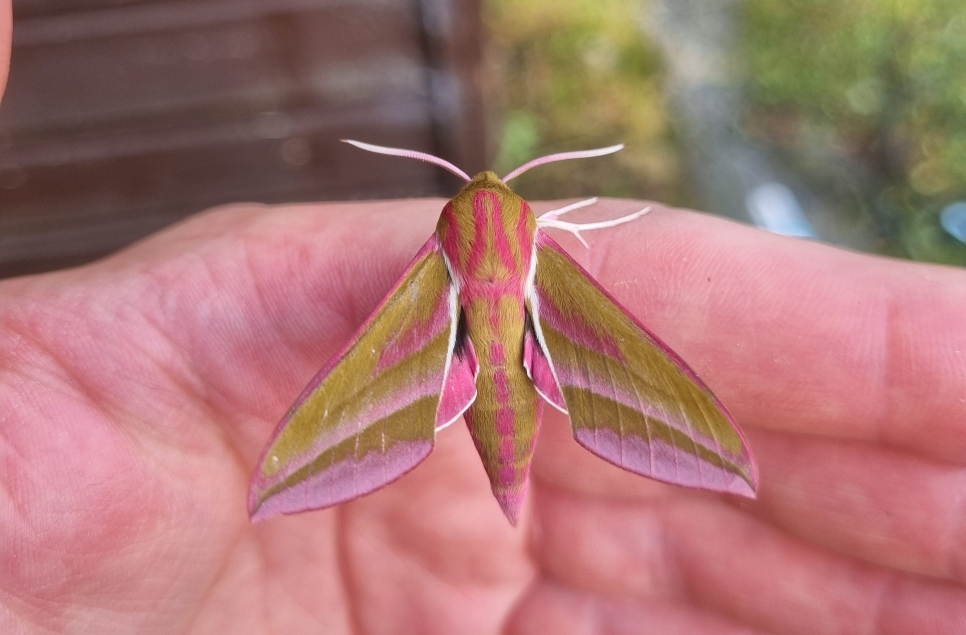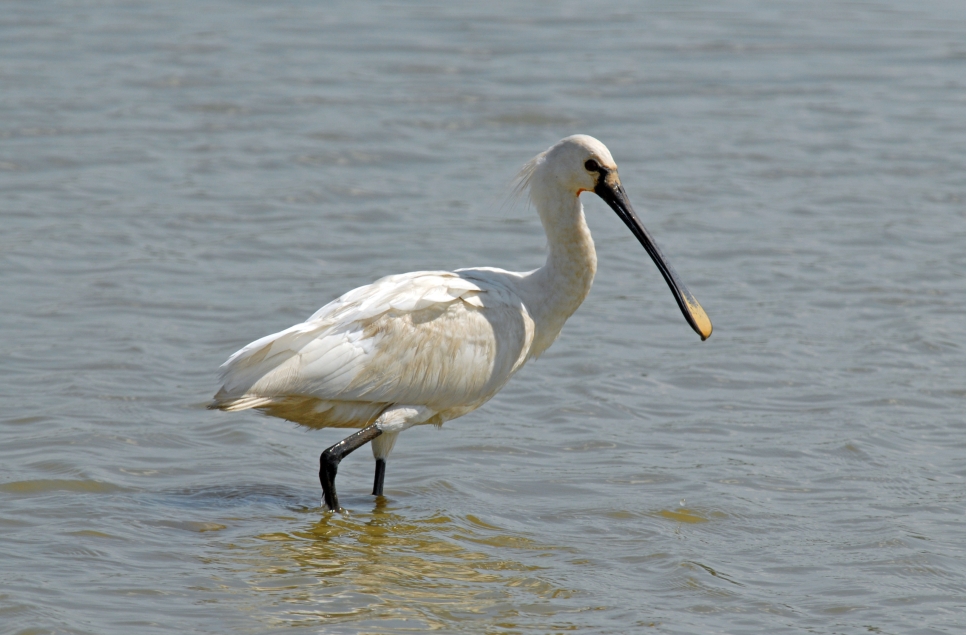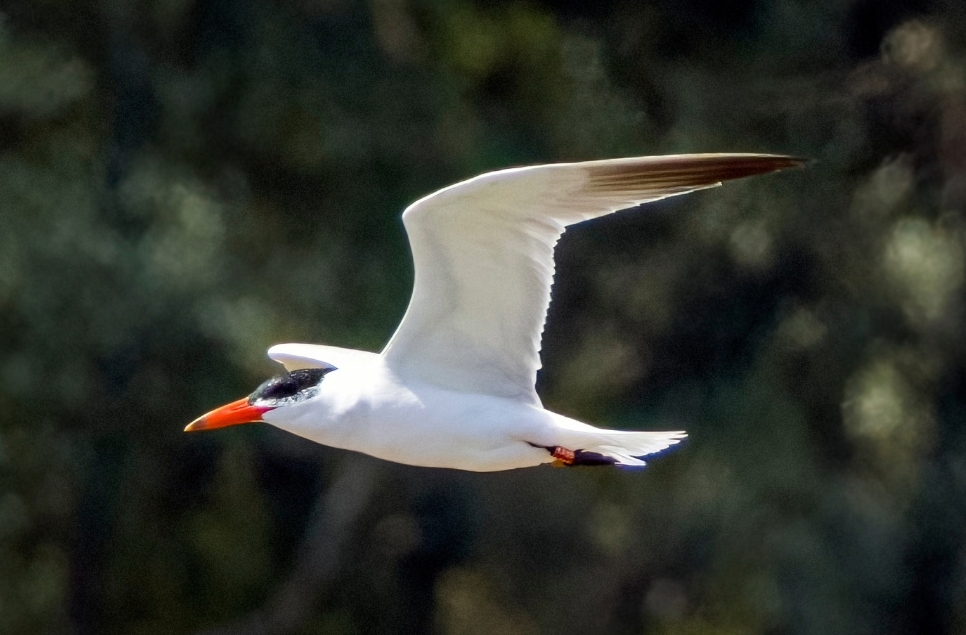Construction work is ongoing to replace the old footbridge to the reserve. An alternative route is available, but the Heron's Wing and Peter Scott hides will be closed until the work is complete. We apologise for any inconvenience.
Recent Wildlife Sightings 25th - 31st May
Highlights: Pintail, Common Frog, Bee Orchid, Lackey Moth
The centre has been busy throughout half-term week, with the rainy spells being thankfully short-lived. Much of the wildlife this week has been in and amongst the low-lying vegetation around the site, so now is a good time to bring out a magnifying glass to see what you can spot.
Highlights: Pintail, Common Frog, Bee Orchid, Lackey Moth
Unusually for this time of year, a handsome male Pintail was spotted on Freshwater Lagoon. Principally a winter visitor to our site, the Pintail has a very small British breeding population, with well under 100 pairs that breed in a select few areas around the country (mostly around the East Anglia coast).
Despite being common throughout the country, it was a nice surprise to find a baby Common Frog in Millennium Wetlands this week. Females typically lay up to 4,000 eggs per year, so hopefully there are many more hiding amongst the vegetation.
Around Goodall Hide, some of the first Bee Orchid to flower this year were spotted. A good example of mimicry in nature, the intricate petals of this orchid are patterned in the same way as a female of a certain bee species, which attracts male bees that subsequently attempt to mate with it. As a result, the bees end up unintentionally collecting pollen and helping spread the flower. In the UK, however, the species of bee which this orchid resembles does not occur, so most Bee Orchid here are self-pollinated.
A variety of moth caterpillars have been seen around the site in recent days, indicating that we're approaching a good period for monitoring night-flying moths. A large number of Lackey Moth caterpillars, which stand out for their communal feeding on webs in low shrubs, were spotted near the centre. These critters have rather jazzy markings, sporting turquoise, black, orange and white stripes along their bodies.
Many young birds are now spreading their wings and entering the big wide world, with many Blue Tit and Great Tit recently fledging from our nest boxes. In Smew Pen, the Moorhen pair that hatched the first chick of the year on our site have had another clutch of four young. The pair of Great Spotted Woodpecker that regularly visit the feeders beside the café have hatched some very noisy chicks near Europe Pen. These demanding youngsters produce near constant squeaks from the tree cavity they're in until they get fed, so life isn't easy as a woodpecker parent!


